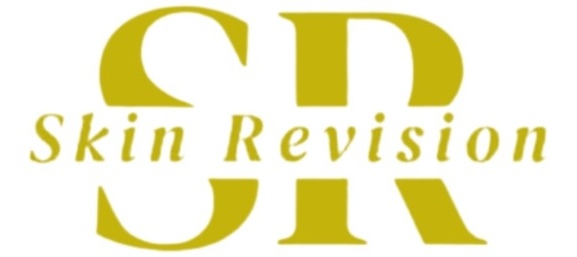DMK Skin Revision Programme – DMK work within the Indian or Asian skin’s own body chemistry. Acne and acne scars can be treated and removed using specific enzymes that work within the skin. The skin will also look hydrated, have pigmentation reduction, be brighter and with a more even skin tone and colour.
Chemical Skin Peels – depending on the skin type, skin tone, and skin colour a bespoke chemical peel may be the best solution for dehydrated, congested, and pigmented skin. They are a professional way to exfoliate the skin and promote new cell turnover.
Hydra Facial – this treatment has the advantage to exfoliate with microdermabrasion, hydrate, and renew the skin. It is perfect for compromised skin, congested skin, skin that is looked dull, tired, dehydrated, pigmented, and has uneven skin tone.
Microneedling / Skin-needling – This treatment will use micro needles which penetrate just the surface of the skin. They create small micro-injuries. This then stimulates natural healing for the skin which causes new cell turnover, collagen, and elastin. The skin will look more even-toned, smoother, brighter and firmer.







